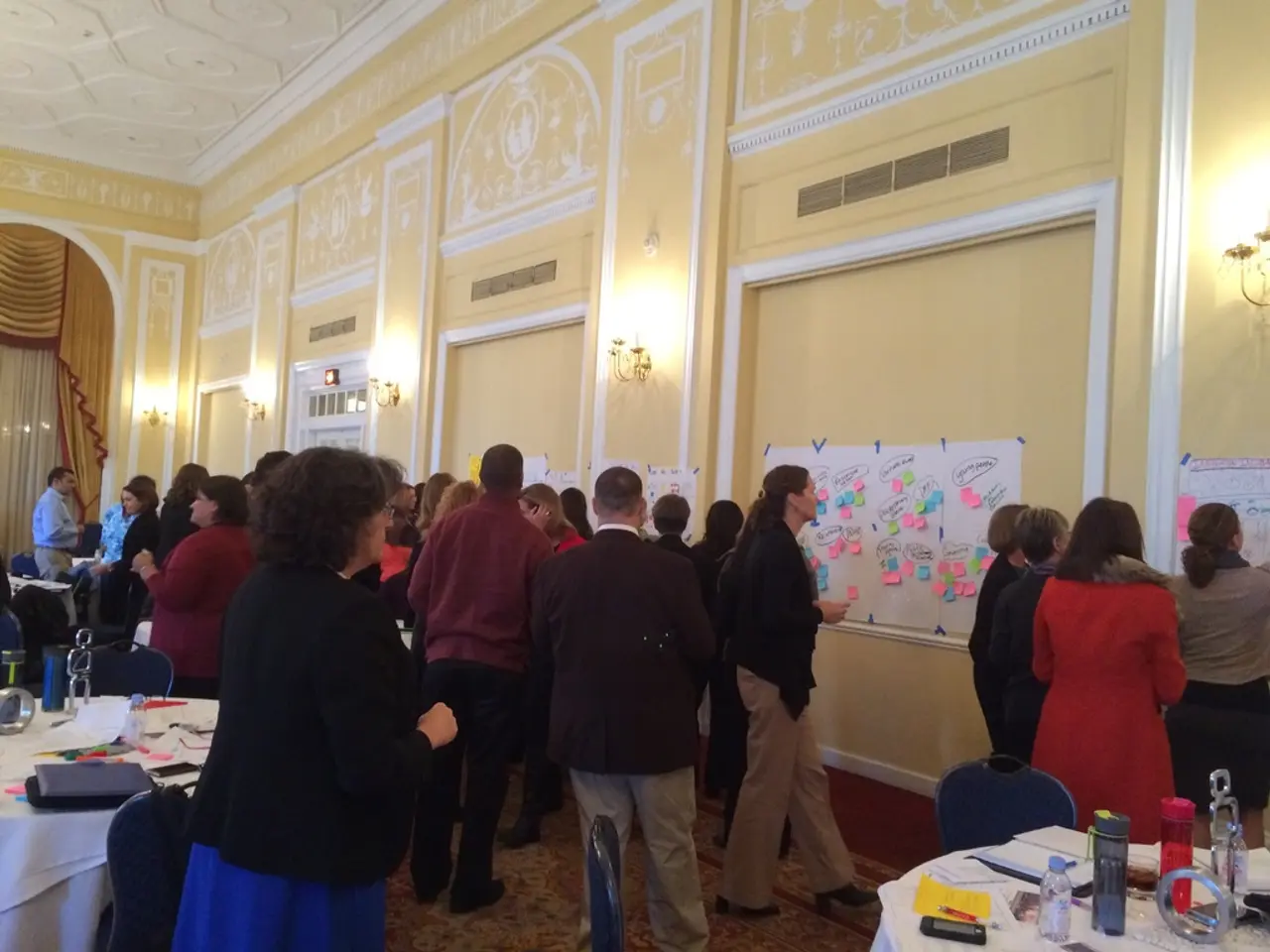Creating a Project Schedule in Microsoft Excel (Year 2025 Version)
Creating a project timeline is an essential aspect of project management, helping to keep everyone involved on the same page. This guide will walk you through the process of creating a project timeline using free tools and templates, focusing on Excel, ONES Project, Google Sheets, and Google Docs.
Step 1: Choose a Suitable Free Timeline Template
Begin by selecting a template that fits your project type and complexity. Many platforms offer user-friendly designs tailored for project milestones and task scheduling. Examples include ONES Project, Google Sheets, Excel, and Google Docs templates [1][2][4].
Step 2: Define Your Project’s Start and End Dates
Clearly define your project’s start and end dates to anchor your timeline. Include all major milestones, key tasks, and deadlines to ensure the timeline captures the full project scope [4].
Step 3: Customize the Timeline Template
Input your specific project data into the template, using drag-and-drop features and editable fields to add tasks, deadlines, and dependencies. Platforms like ONES Project enable easy real-time collaboration and integration with other project management features [1].
Step 4: Visualize Dependencies and Task Progress
Some tools offer task automation and dependency management to help keep your timeline accurate and up-to-date without much manual effort. For example, Zoho Projects offers these features, though they may be limited in free plans [3].
Step 5: Utilize Collaboration and Real-time Update Features
Collaborating with all stakeholders and keeping everyone aligned is crucial. If provided by the platform, use real-time update features to enable efficient project tracking [1].
Step 6: Review and Adjust Your Timeline Regularly
Regularly review and adjust your timeline based on project progress and changes, ensuring it remains a useful management tool throughout your project lifecycle.
Additional Tips and Best Practices
- Use true date values, not text, for accurate sorting and charting.
- A category column can be added for clarity if there are multiple workstreams.
- To change the timeline to Gantt chart-style, hide the blue bars and adjust the date bars.
- Excel offers various options such as adding chart titles, axis labels, error bars, gridlines, etc.
- Agile sprint tracker templates can be useful for projects that follow a two-week sprint schedule.
- Keep descriptions concise to avoid taking up too much space on charts.
- Add details in a simple table or document before starting in Excel.
- To reduce the gap between the horizontal bars, adjust the gap width.
Creating a Timeline in Excel
Excel offers three ways to create a project timeline: using built-in templates, inserting a bar chart, or using SmartArt. To create a timeline with a bar chart, insert a 2-D Stacked Bar chart, add start dates and duration values, and add task names on the Y axis.
Challenges of Creating a Project Timeline in Excel
Excel’s built-in project timeline templates can be used for simple projects or high-level project roadmaps. However, you may encounter challenges such as chart type workarounds, axis scaling headaches, label misalignment, styling constraints, error ripple effect, maintenance burden, SmartArt limitations, collaboration friction, and limited progress tracking.
Alternative Solutions
To overcome these challenges, consider using platforms like ONES Project, which offer free timeline templates, AI Timeline Generators, and Free Timeline Makers, each with its unique features and benefits. These platforms can generate a sample timeline based on a detailed prompt, offer easy customization with the My Brand Kit feature, and allow sharing the timeline link with stakeholders for feedback [1][2][4].
By following these steps and best practices, you can create an efficient, clear, and collaborative project timeline that improves communication and project management success.
- Incorporate your chosen timeline template with data visualization tools, such as ONES Project, Excel, or Google Sheets, to display the project timeline in a visually appealing manner.
- Enhance your brand's presence by personalizing the project timeline with elements from your brand kit, resulting in a polished and professional presentation of the project timeline.




